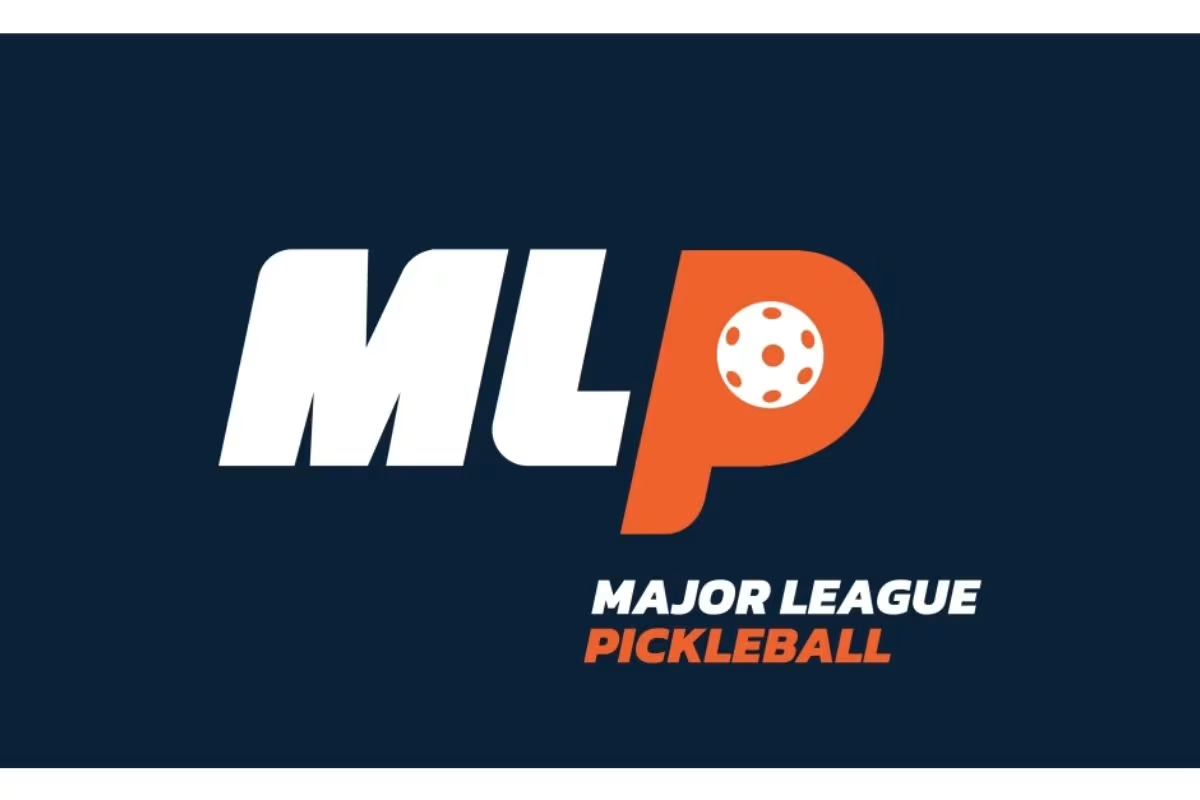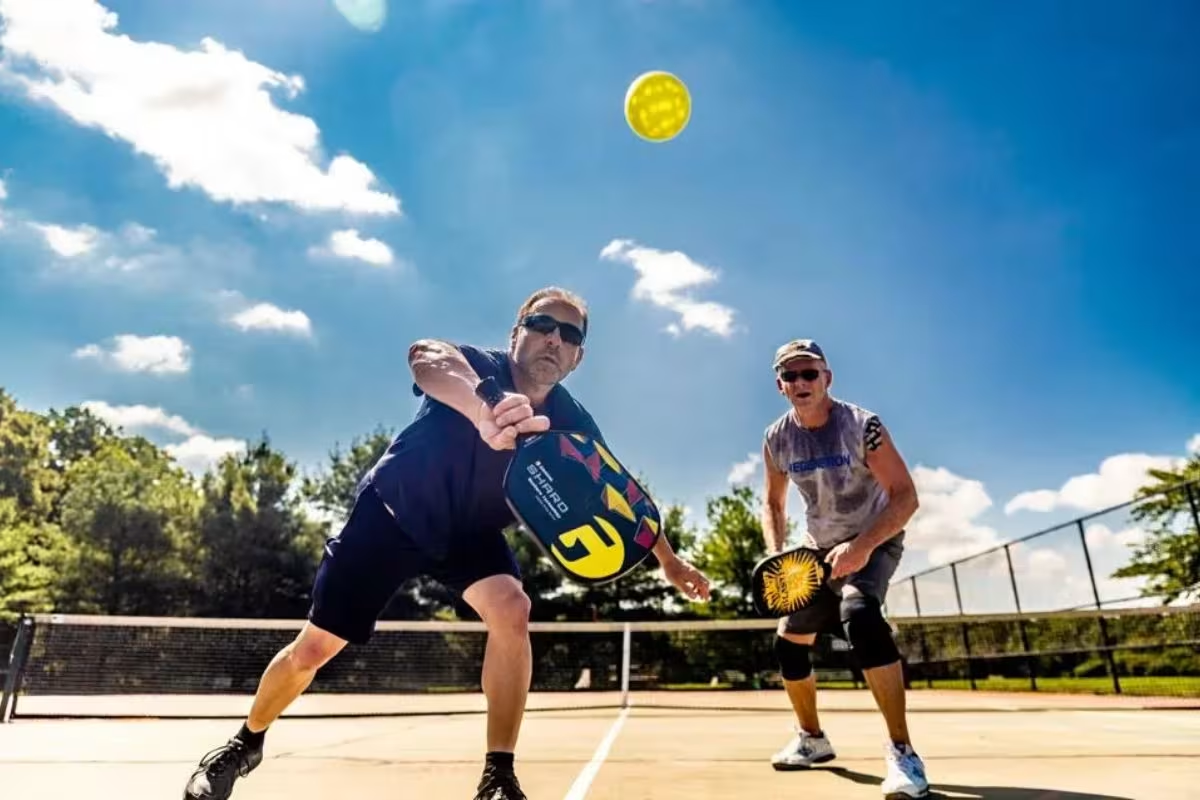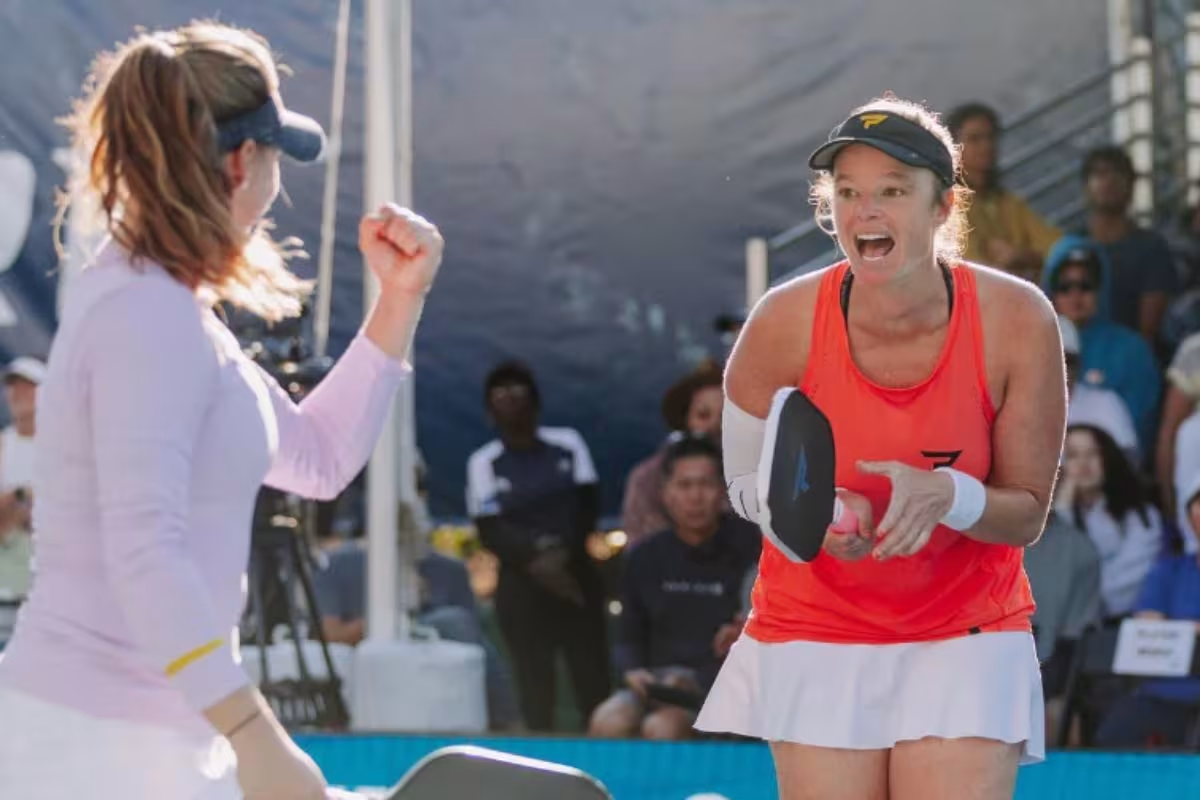Andrea Koop’s Revolutionary Idea to Transform Pickleball: In a sport as dynamic and rapidly growing as pickleball, the voices, and stories of pickleball players are crucial to its identity and appeal. Recently, professional pickleball player Andrea Koop sparked a significant conversation with her tweet calling for a broader focus on player narratives beyond the top-ranked athletes. Her observations highlight a notable gap in how the sport markets its talent and the need for inclusive storytelling to connect with fans on a deeper level. As the pickleball community continues to evolve, the responses to her tweet shed light on the collective desire for a more diverse representation of player experiences. This article critically analyzes these insights, exploring the importance of player narratives, the role of media, potential marketing strategies, and the cultural shift required to elevate storytelling within pickleball.
Pickleball needs to do a better job of developing player stories beyond the top 5ish players. Any player drafted to a @MajoLeaguePB team has proverbially “made it.” Its a B$G accomplishment and the league should market it as such.
— Andrea Remynse Koop (@AndreaRemynse) September 28, 2024
The Need for Broader Player Narratives in Pickleball
In a recent tweet, professional pickleball player Andrea Koop called attention to a significant gap in how player stories are shared within the sport. Koop argues that the focus tends to be overwhelmingly on the top 5 players, leaving a wealth of untold narratives from other players who also deserve recognition. Her assertion points to a crucial opportunity for Major League Pickleball (MLP) and the broader pickleball community to cultivate a more inclusive storytelling approach that celebrates all pickleball players’ journeys.
The challenge of spotlighting player stories beyond the elite ranks is not unique to pickleball. Many sports struggle with similar issues, often centering media attention on a select few who dominate headlines. This can create a narrow view of the sport, leaving fans disconnected from the broader landscape of talent and experience. By highlighting diverse narratives, the sport could foster a richer connection between players and fans, encouraging a more comprehensive understanding of the pickleball community.
Moreover, marketing narratives around players can significantly boost fan engagement and interest in the sport. Viewers often connect with athletes on a personal level when they are informed of their backgrounds, struggles, and victories. In a sport as dynamic as pickleball, where grassroots growth is crucial, it is vital to harness the potential of player stories to attract new audiences and develop a loyal fan base.
Koop’s statement also raises questions about the responsibilities of media outlets in promoting a broader narrative. If the media predominantly covers top players, it accidentally creates an atmosphere where only a few voices are heard. By investing in storytelling that includes various players, media can play a pivotal role in shaping a more inclusive and relatable image of pickleball. This inclusivity could further enhance the sport’s appeal, especially among casual viewers who might resonate more with underdog stories and lesser-known athletes.
The potential impact of embracing diverse player narratives cannot be overstated. It presents an opportunity for pickleball to develop a unique identity that celebrates its players’ varied backgrounds and experiences. By investing time and resources into showing these stories, the sport can evolve into a more holistic experience for fans, thus promoting greater investment in its growth and sustainability.

The Role of Media in Elevating Player Stories in Pickleball
One of the most pressing issues highlighted by Andrea Koop’s tweet is the media’s role in shaping the narrative landscape of pickleball. The current state of media coverage tends to focus heavily on star players, leaving the stories of many deserving athletes untold. Commenters echo this sentiment, emphasizing that the media’s investment in developing narratives surrounding players is essential for the sport’s evolution. They demand an interviewer who can engage with players on a deeper level, similar to segments seen in mainstream sports journalism.
The idea of creating comprehensive profiles of players, similar to segments produced by programs like “60 Minutes,” could greatly enhance the understanding and appreciation of pickleball. By digging into personal stories—like Gabriel Tardio’s rise after the pizza controversy or Rachel Rohrabache’s journey to Major League Pickleball domination—fans could gain insight into the hard work and dedication that go into becoming a professional athlete. This approach not only enriches the viewer experience but also builds a community around shared narratives.
Additionally, enhancing media training for players could be crucial in preparing them for interviews and public engagements. As commenters note, if pickleball aspires to gain mainstream traction, players will frequently interact with reporters beyond the niche pickleball media landscape. Training players in effective communication skills will enable them to convey their stories more compellingly and authentically, further engaging fans and media.
There is also a need for strategic planning in how these stories are shared. A Chief Communications or Marketing Officer could lay out a broader strategy focused on narrative development, ensuring that the sport accurately represents its diverse pool of talent. Such a strategy would not only promote inclusivity but also establish a coherent brand identity for pickleball, which is essential for attracting sponsors and broader audiences.
Ultimately, the media’s responsibility extends beyond just reporting scores; it should also include cultivating an engaging narrative that shows the spirit of the sport. By committing to covering player stories in a comprehensive and meaningful way, pickleball can elevate its profile and appeal to a wider audience, turning casual observers into lifelong fans.

Marketing Strategies for Inclusivity in Pickleball
In light of Koop’s comments, the discussion around marketing strategies within pickleball becomes increasingly relevant. To truly celebrate all players, Major League Pickleball and pickleball-associated organizations must adopt a more inclusive marketing strategy that emphasizes player stories across the board. This could begin with a systematic approach to player profiles that are accessible and engaging for fans.
Marketing initiatives could include short documentary-style videos showing the lives and journeys of various players. These videos could explore the players’ backgrounds, their motivations for playing pickleball, and their experiences in the sport. Sharing these narratives on social media platforms and during broadcasts would not only humanize the players but also create a deeper emotional connection between them and their audience.
In addition, Major League Pickleball could explore partnerships with media outlets known for storytelling in pickleball sports. Collaborating with established media professionals who understand the player narratives can help enhance the quality of coverage. Such partnerships could also lead to more significant media exposure, allowing for broader dissemination of players’ stories beyond the pickleball community.
Moreover, using existing players as ambassadors for the sport can be an effective marketing strategy. These ambassadors can engage in outreach efforts, sharing their journeys and connecting with fans at events and on social media. This grassroots approach not only builds a more robust community but also shows the diverse range of talent within pickleball, creating a more balanced representation of the sport.
Finally, Major League Pickleball should consider hosting events that focus specifically on player narratives. Storytelling events, interviews, and panel discussions featuring a diverse range of players could draw attention to their experiences and achievements, making the sport more relatable to fans. By implementing such marketing strategies, pickleball can foster a culture that values all players and encourages widespread engagement.
Creating a Culture of Storytelling in Pickleball
The need for a cultural shift in how pickleball represents its players is evident, as highlighted by Andrea Koop’s comments. A culture of storytelling that values every player’s journey can significantly enhance the sport’s narrative landscape. This cultural change requires concerted efforts from all stakeholders, including players, media, and organizations.
Firstly, players themselves must embrace their unique stories and be open to sharing them. This involves not only participating in interviews and media engagements but also being proactive in their outreach efforts. Social media platforms offer players a direct line to fans, enabling them to share insights into their lives and experiences. By creating authentic content, players can engage their audiences and contribute to the collective narrative of pickleball.
Secondly, the role of organizations like Major League Pickleball is crucial in fostering this culture of storytelling. By prioritizing player narratives in their marketing and communications strategies, these organizations can create an environment that celebrates diverse stories. This could involve implementing programs that encourage players to share their experiences, challenges, and wins, thereby building a community that is supportive and inclusive.

Moreover, educational initiatives can help instill the importance of storytelling within the pickleball community. Workshops focused on media training and personal branding can empower players to articulate their narratives effectively. By equipping athletes with the tools they need to share their stories, the sport can develop a vibrant culture that thrives on individual experiences and collective growth.
Finally, creating a community-oriented platform for storytelling could further enhance the sport’s narrative landscape. By establishing a dedicated space for players and fans to share their experiences, pickleball can cultivate a sense of belonging. This platform could allow for diverse voices to be heard and appreciated, ensuring that no player’s story goes unnoticed.
News in Brief: Andrea Koop’s Revolutionary Idea to Transform Pickleball
The conversation ignited by Andrea Koop’s tweet shows a pivotal moment for pickleball as it seeks to establish a more inclusive and relatable narrative landscape. The comments from the community reflect a shared understanding of the need for diverse player stories and the responsibility of media outlets to elevate these voices. By implementing strategic marketing initiatives, investing in player media training, and fostering a culture that values every pickleball athlete’s journey, pickleball can enrich its identity and engage a wider audience.
As the sport moves forward, embracing the myriad narratives within its ranks will not only enhance its appeal but also strengthen the sense of community that makes pickleball truly unique. In doing so, the sport can continue to grow, attract new fans, and ensure that every player, regardless of their ranking, has the opportunity to be celebrated and heard.
ALSO READ: Land Grant Picklefest Brings Exciting Competition to Columbus
